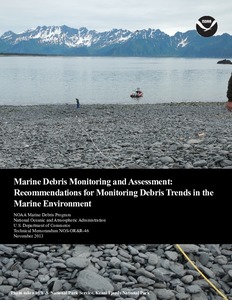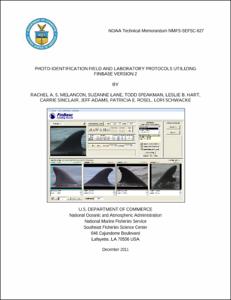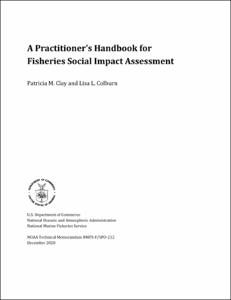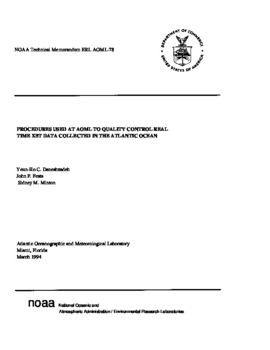Browsing NOAA Technical Memorandum by Title
Now showing items 8-11 of 11
-
Marine Debris Monitoring and Assessment: Recommendations for Monitoring Debris Trends in the Marine Environment.
(NOAA Marine Debris Division, Silver Spring, MD, 2013)Marine debris is defined by the National Oceanic and Atmospheric Administration (NOAA) and the United States Coast Guard (USCG) as any persistent solid material that is manufactured or processed and directly or indirectly, ... -
Photo-Identification field and laboratory protocols utilizing FinBase Version 2.
(NOAA NMFS Southeast Fisheries Science Center, Lafayette, LA, 2011)Marine mammal photo-identification surveys are conducted for multiple reasons that include estimating or evaluating abundance, survival, spatial and temporal habitat use, social structure and/or health. Surveys are performed ... -
A Practitioner’s Handbook for Fisheries Social Impact Assessment.
(NOAA National Marine Fisheries Service, Seatlle, WA, 2020)As United States fisheries managers develop and modify fisheries management plans that set catch limits for the Nation’s commercially important fish stocks, the importance of including and weighing the social impacts ... -
Procedures used at AOML to quality control real time XBT data collected in the Atlantic Ocean.
(NOAA Atlantic Oceanographic and Meteorological Laboratory, Miami, Florida, 1994)Quality control (QC) procedures developed and implemented at AOML for the examination of real time XBT data are presented. The steps required to QC XBT data are outlined in a "cook book" format. The methods employed are ...
 Repository of community practices in Ocean Research, Applications and Data/Information Management
Repository of community practices in Ocean Research, Applications and Data/Information Management



